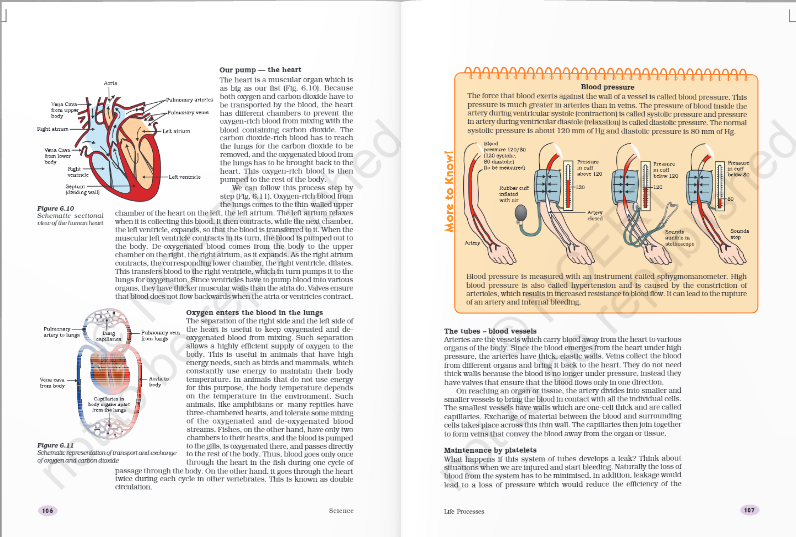What role does the heart play in the circulatory system and how does blood pressure function?

Understand the Problem
The question likely pertains to understanding the heart's function, blood pressure, and related biological processes as depicted in the provided image. It requires an explanation of these physiological concepts.
Answer
The heart pumps blood through the body, while blood pressure measures the force of blood against arterial walls.
The heart pumps oxygen-rich blood through arteries to the body and returns oxygen-poor blood to the lungs through veins. Blood pressure measures the force exerted by blood against arterial walls, measured as systolic (during heartbeats) and diastolic (between beats) pressures.
Answer for screen readers
The heart pumps oxygen-rich blood through arteries to the body and returns oxygen-poor blood to the lungs through veins. Blood pressure measures the force exerted by blood against arterial walls, measured as systolic (during heartbeats) and diastolic (between beats) pressures.
More Information
The heart operates through a dual pump system — the right side pumps oxygen-poor blood to the lungs, and the left side pumps oxygen-rich blood to the rest of the body. Blood pressure is crucial for maintaining adequate blood flow and nutrient delivery.
Tips
A common mistake is misunderstanding that blood pressure is a measure of heartbeats; it actually measures the pressure exerted by blood on arterial walls.
Sources
- Circulatory System: Anatomy and Function - Cleveland Clinic - my.clevelandclinic.org
- Circulatory system - Better Health Channel - betterhealth.vic.gov.au
- What is High Blood Pressure? | American Heart Association - heart.org
AI-generated content may contain errors. Please verify critical information